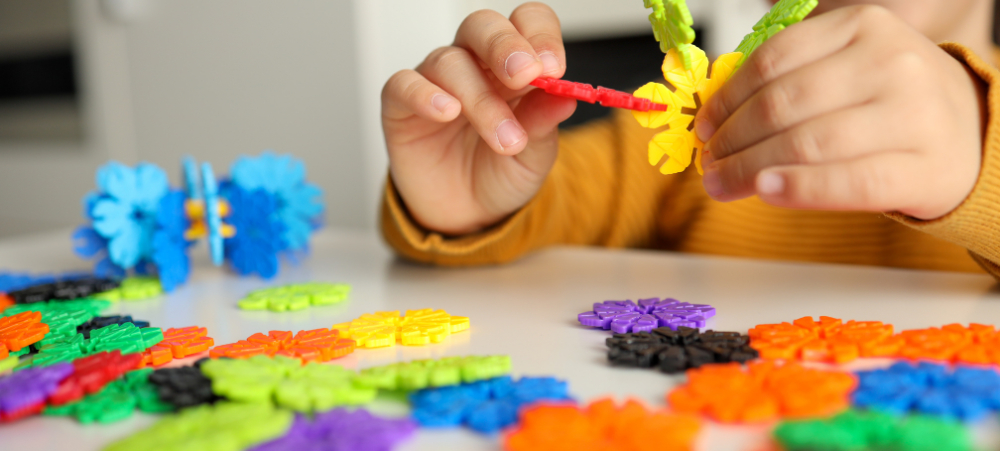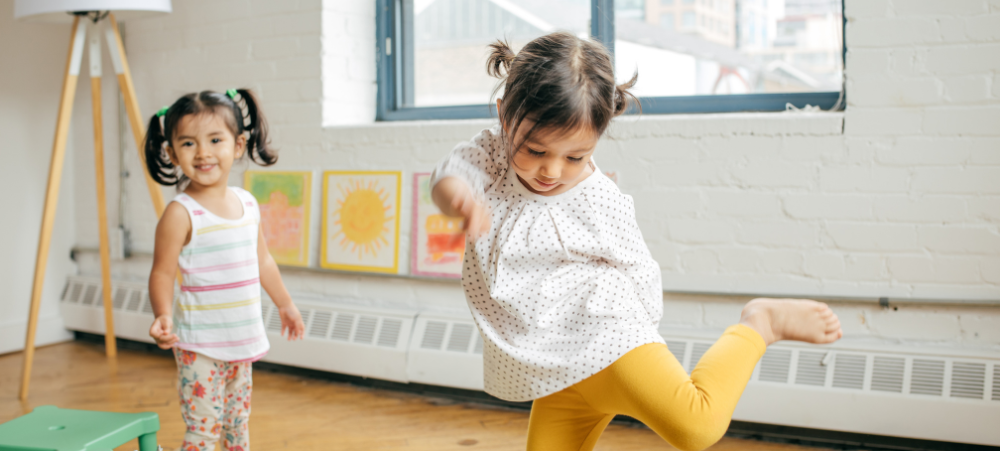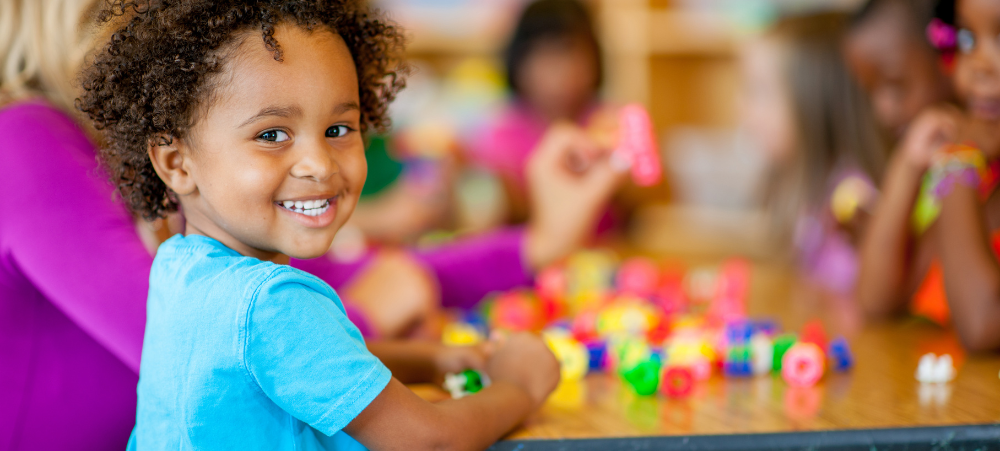From the moment a baby learns to grasp a finger or kick their legs, they are beginning a journey of movement that will shape their development for years to come. At Dibber International Preschools South Africa, these early milestones are recognised not just as cute moments, but as critical indicators of a child’s physical, cognitive, and social growth.
In its latest educational guide for parents and caregivers, Dibber unpacks the difference between fine motor skills — small, coordinated movements like picking up a pencil or tying shoelaces — and gross motor skills, which include larger physical actions like crawling, jumping, and running.
“These two areas of development work hand-in-hand,” explains Ursula Assis, Country Director of Dibber South Africa. “By supporting both types of movement through intentional play and daily routines, we help young children build the physical confidence and independence they need to explore their world and thrive within it.”
Fine motor skills involve subtle, precise actions that rely on hand-eye coordination and visual-motor integration. Gross motor skills, in contrast, depend on larger muscle groups — engaging the arms, legs, spine, and core — and are essential for mobility and spatial awareness.
Together, these skills form the foundation for everyday tasks like eating, writing, dressing, and playing — all of which contribute to a child’s readiness for school and life beyond.
“We may not think twice about actions like turning a page or climbing a set of stairs,” adds Assis, “but for a child, these are hard-won milestones that build resilience, control, and self-esteem.”
Age-Appropriate Milestones
The guide breaks down typical developmental milestones from birth to age six, helping parents identify what skills to look out for — and when to expect them.
For example:
- Fine Motor (0–6 months): grasping, swinging arms
- Fine Motor (3–5 years): drawing circles, buttoning clothing
- Gross Motor (1–3 years): walking, jumping with both feet
- Gross Motor (6 years): jumping rope, walking a balance beam
Recognising these milestones helps caregivers ensure children are on track while identifying opportunities for early support if needed.
Everyday Spaces, Everyday Movement
The release also encourages families to explore local outdoor environments as natural playgrounds for gross and fine motor development. Parks, beaches, and reserves across South Africa — from Johannesburg’s Delta Park to Durban’s family-friendly coastlines — provide the perfect settings for children to climb, balance, build, and move.
“Our message to parents is simple: movement is learning,” says Assis. “Whether it’s scootering through a park or stacking blocks at home, every action strengthens the brain-body connection that drives future learning.”
Dibber’s Commitment to Holistic Development
At Dibber International Preschools, movement is more than physical activity — it is woven into every aspect of the child’s learning journey. Educators create rich, sensory environments where both gross and fine motor skills are encouraged through daily activities, purposeful play, and guided exploration.
“We look at the whole child — not just what they can write or say, but how they move, how they explore, how they express,” explains Assis. “Supporting motor skill development gives children the tools to build confidence, independence, and a deep sense of competence that lasts a lifetime.”
For more information on Dibber’s approach to early learning and development, or to find a preschool near you, visit www.dibber.co.za.
- Fine and Gross Motor Skills: Building Blocks for Confident, Capable Children - October 14, 2025
- Helping Little Bodies Fall in Love with Movement - October 7, 2025
- Let’s Celebrate Our Teachers - October 1, 2025





